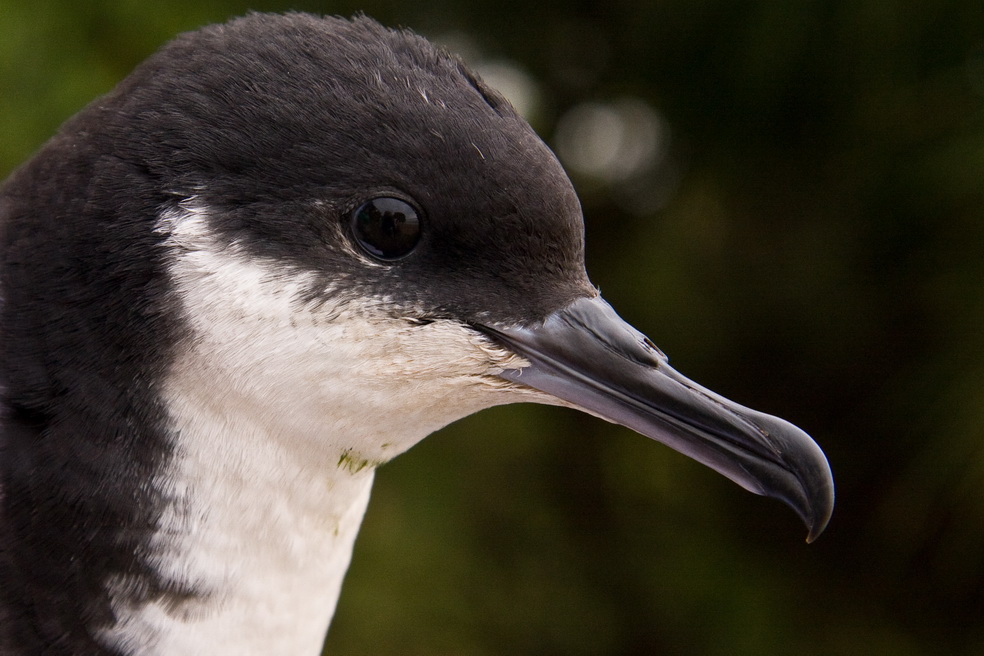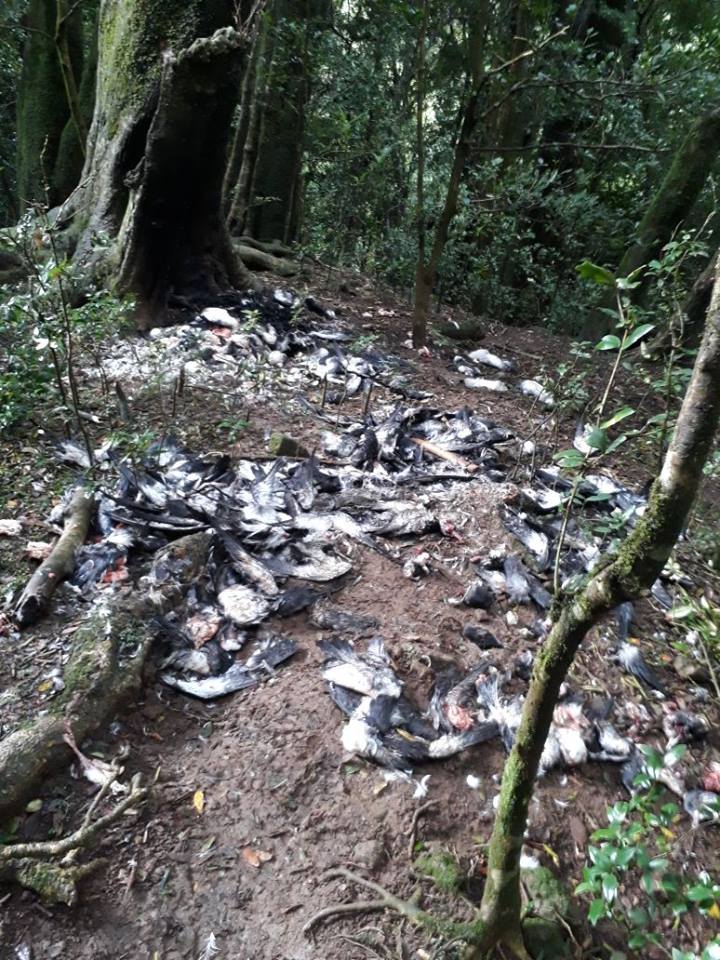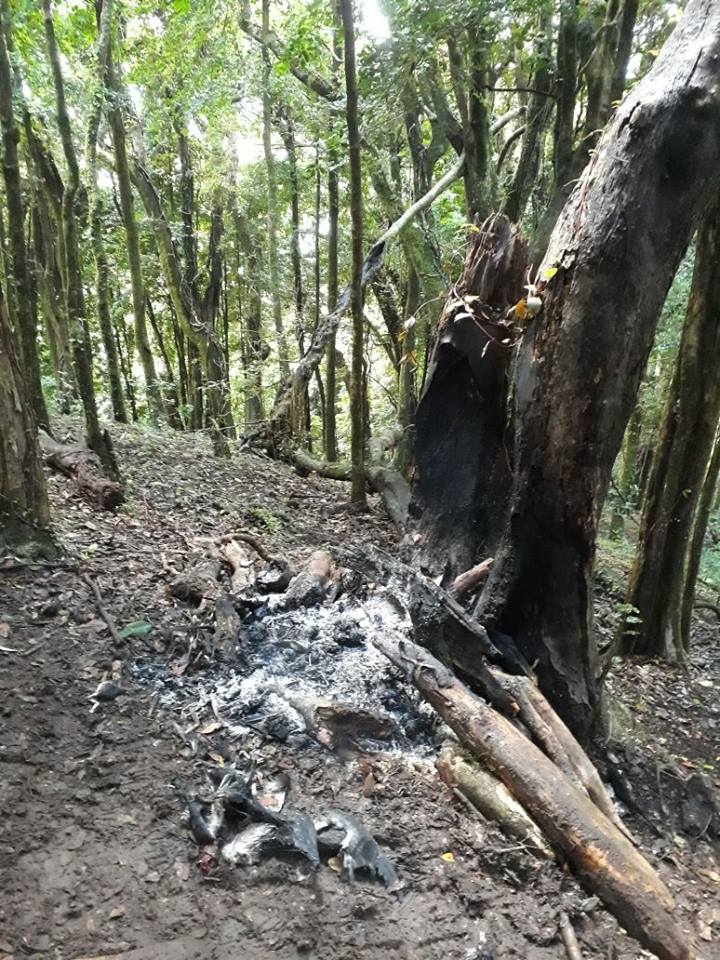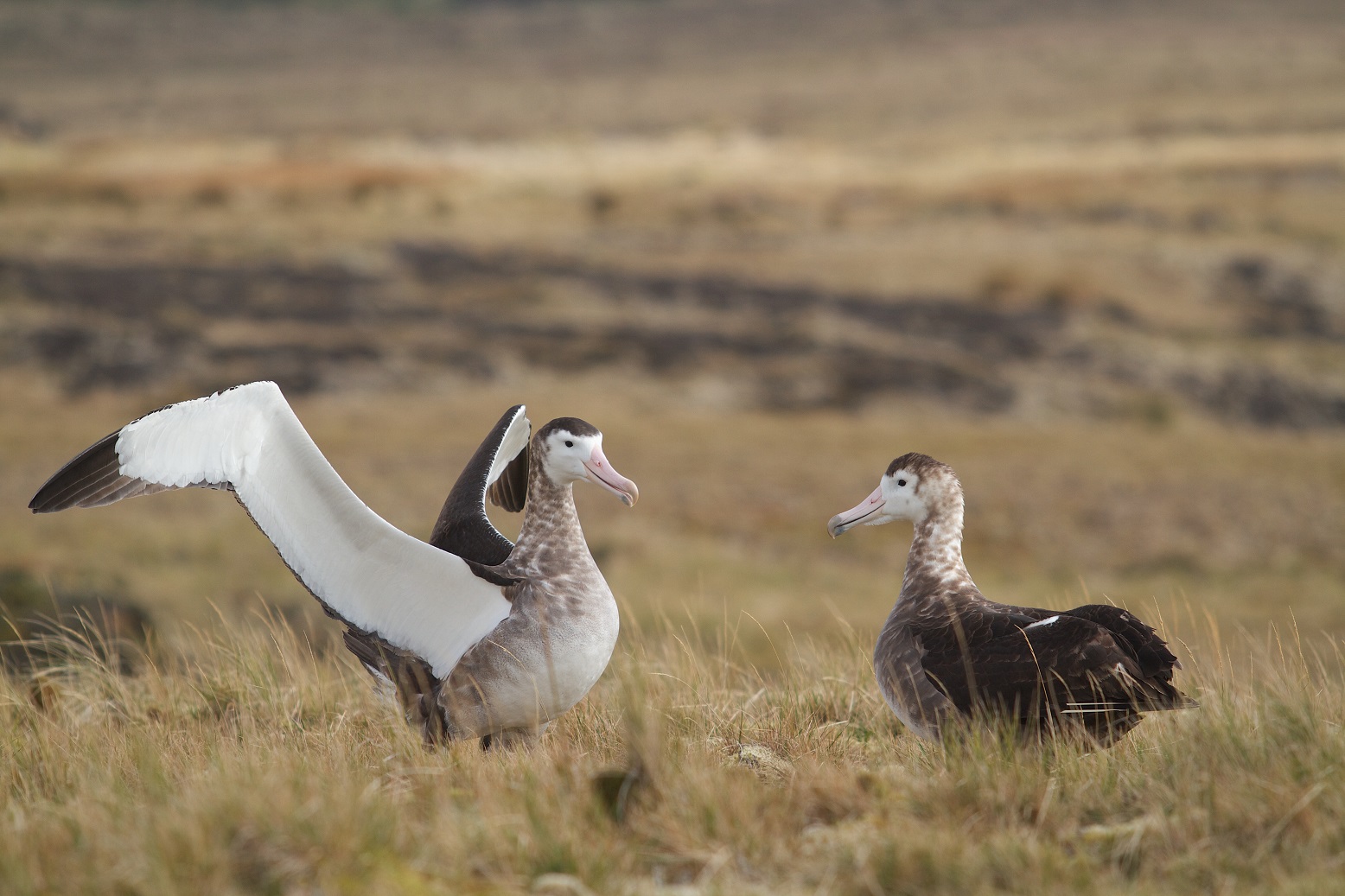Following a taxonomic reassessment, BirdLife International has split Newell’s Shearwater Puffinus newelli into Newell’s Shearwater P. newelli (sensu stricto) and Rapa Shearwater P. myrtae. The newly defined Newell’s Shearwater breeds on Hawaiian Islands, predominantly on Kaua`i, whereas the Rapa Shearwater is only known to breed on four tiny islets around Rapa, French Polynesia.

Newell's Shearwater, photograph by Eric Vanderwerf
“Both of the newly recognised taxa are under threat from introduced predators, with rats, cats and the mongoose Herpestes javanicus all potentially impacting P. newelli while cats and Polynesian Rats Rattus exulans may be impacting P. myrtae. Introduced species may also be impacting habitat quality for both species, with habitat alteration by pigs, goats and strawberry guava on Hawaiian islands; while goat grazing may be having an impact on habitat quality for P. myrtae, in addition to anthropogenic land clearance and cultivation. It is also not only introduced species that have impacted P. newelli. Hurricanes Iwa and Iniki both had a devastating impact on forests of Kaua`i in 1982 and 1992 and the species is heavily impacted by collisions with man-made structures as well as being attracted by artificial lighting”*.
Following an assessment both species have been proposed for a threatened status as globally Critically Endangered. BirdLife is now calling for comment on the categorizations on its Globally Threatened Bird Forums.
Read more here, including full details of the assessments. Newell’s Shearwater (sensu lato) is currently categorized as globally Endangered.
Read more ALN postings on Newell’s Shearwaters here.
*quote precised and edited for grammar.
John Cooper, ACAP Information Officer, 23 May 2018

 English
English  Français
Français  Español
Español 




